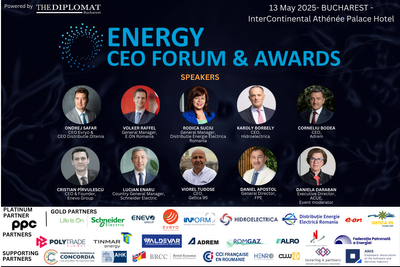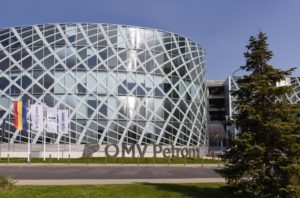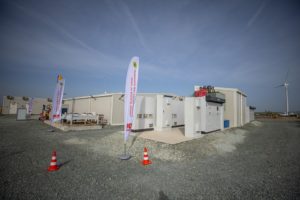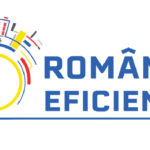Energy Policy Group: Practical tips to have more energy efficient and healthier homes
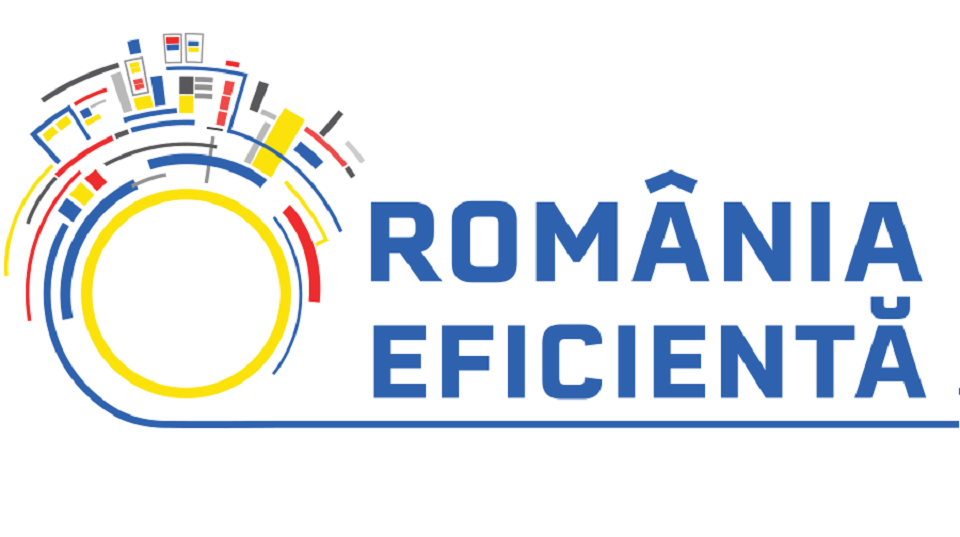
We spend, on average, about 90% of our time inside buildings, so they should provide a quality indoor environment that contributes to the health and well-being of residents.
In order to increase public awareness regarding the attention we need to pay to the quality of the environment in homes, Efficient Romania – Romania Eficienta program explains why this aspect is important and how we can have more energy efficient and, at the same time, healthier buildings.
The quality of the indoor environment (IEQ) in buildings includes four main aspects: indoor air quality, thermal comfort, light and acoustic comfort, things that depend to a large extent on the characteristics of the building’s technical systems (ventilation, heating, cooling, solar shading, etc.
Thus, the light source of the home, the way it is heated or cooled, or even furnished can affect both our health and productivity, an important aspect when we work or study at home. Increasing the comfort and quality of the indoor environment can reduce diseases associated with living in inadequate housing – insufficiently ventilated, cold, damp, moldy, too exposed to noise – such as asthma, bronchitis or even depression. This will reduce the cost of medical and other social services. So, beyond increasing energy efficiency, renovation strategies should consider improving the quality of the indoor environment in buildings, by ensuring adequate levels of light, acoustics, ventilation, thermal comfort and indoor air quality, to enhance well-being , health and productivity of the occupants.
In addition, Efficient Romania – Romania Eficienta program shows you some easy and affordable steps that can make your living space more energy efficient and, at the same time, healthier. Measures for healthier indoor air – Ventilate the home to remove toxins collected inside and bring fresh air into the home. Research in the field has shown that about 52% of poor indoor air quality can be attributed to insufficient ventilation. Natural ventilation can also reduce lung disease by up to 20%.
So the simplest advice is to open the windows.
– Choose non-toxic furniture (without volatile organic compounds). Measures for greater thermal and acoustic comfort – Invest in building thermal insulation (walls, windows, doors, roof, floors, etc.) to reduce energy losses and implicitly bills, increase thermal comfort, reduce noise, while protecting the environment.
– Increase ventilation and air flow by naturally cooling the air in summer. Passive ventilation, ideally with two open zones in one space, can bring energy savings of up to 25-50% of air conditioning use.
– Install external or internal blinds and choose thick curtains that can prevent heat loss in winter and block unwanted sunlight to keep your home cooler in summer.
– Plant trees near the house – their shade can help reduce the peak temperature during the summer by 2-9 degrees Celsius. Measures for healthy and quality lighting – Quality light is essential for a healthy life.
Maximize the use of natural light: Research has shown that you can reduce the need for artificial lighting by 16-20% this way. In addition, natural light can increase your productivity by up to 15%. – Invest in energy-efficient LED lighting fixtures that consume less and have a longer lifespan, while ensuring that they will provide the right level of light for each room.
Lighting influences mood and, combined with other elements, also contributes to better concentration. (Data source: World Green Building Council, European Commission, REHVA, BPIE)
New regulations from Brussels on indoor air quality
The European Commission recognizes the importance of good indoor air quality in ensuring healthy buildings and calls for this aspect to be taken into account in zero-emission buildings, which are becoming the new standard for new buildings, as well as the level to be achieved by a thorough renovation from 2030.
“Member States require zero-emission buildings to be equipped with measurement and control devices to monitor and regulate indoor air quality. In existing buildings, the installation of such devices is required, where technically and economically feasible, when a building undergoes a major renovation,” reads the text of the proposed revision of the Performance Directive energy of buildings.
Also, “Member States shall address, in relation to buildings subject to major renovations, aspects related to the conditions characterizing a healthy indoor climate, adaptation to climate change, protection against fire and risks related to intense seismic activity, disposal of hazardous substances , including asbestos, and accessibility for people with disabilities”, the text of the said Directive also states.
According to data published by the European Institute for Building Performance (2019), around 2.2 million Europeans suffer from asthma due to their living conditions and 110 million live in buildings with high concentrations of hazardous pollutants due to inadequate levels of ventilation.
IEQ_4pager_Final.pdf (bpie.eu)
Efficient Romania – Romania Eficienta program is a private project of national scope, carried out by the Energy Policy Group (EPG) in partnership and with the financing of OMV Petrom. The project started in the summer of 2019 and consists of running a national program to promote energy efficiency. Efficient Romania aims to support the achievement of Romania’s targets for 2030 in terms of reducing carbon emissions and increasing energy efficiency, both through information and education campaigns, as well as through the realization of concrete major renovation projects in public schools in different regions of the country. You can find more details on the romania-eficienta.ro website.




